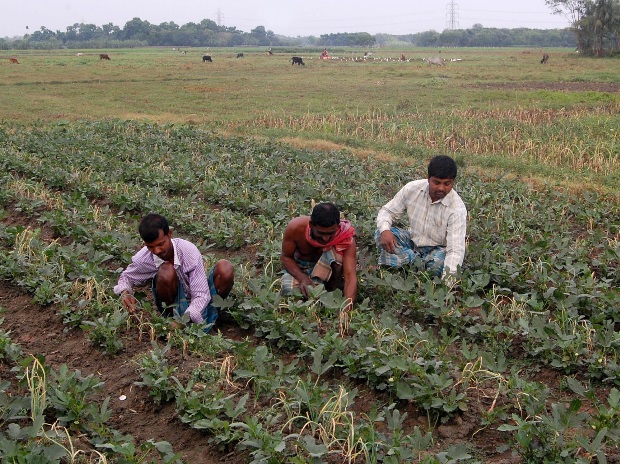With time for the general elections and Assembly polls in a few states getting closer, various interest groups have upped the ante against the government — building pressure on it to get their pound of flesh. Ever since the results of the Assembly elections in the Hindi heartland came out, farmers’ issues have been pitch-forked on to the centre stage again. This is not to say these issues were on the fringes of the national discourse until the poll results came out. In fact, farmer protests hogged national headlines for the better part of 2018. Last June, farmers in seven states went on a 10-day protest demanding that the government should pay them the promised Minimum Support Price (MSP) at the earliest. Besides, they were also demanding a loan waiver for all farmers across the country. The previous year saw wanton violence and death of five farmers in police firing at Mandsaur in Madhya Pradesh. In Odisha, farmer outfits had been continually demanding a hike in MSP of paddy. The state government itself fared no less in championing the farmers’ cause throughout the year. In the latest manifestation of its pro-farmer posturing, the Biju Janata Dal (BJD) organised a rally of party workers and farmers of the state in Delhi. The farmer protests being seen across the country these days is a direct fallout of the promises made to farmers by the government.
Half of India’s population works on farms even as farming contributes only 15 per cent to the country’s GDP. This is a big indicator of the poor health of our farm sector and those dependent on it. Recent elections have made it very clear that the key agenda of the coming Lok Sabha and Assembly elections will revolve around farm sector; nothing wrong with that. Many an ill has beset farming in India. Low productivity of land, poor agri-infrastructure, lack of scientific storage and poor market linkages have dogged the sector. There cannot be a quick-fix to this. Though most sought-after among all their demands, farm loan waiver is not a silver bullet for the sector. It could only work as a psychological quick-fix for agrarian distress. As high as 48 per cent of farmers in our country are non-borrowers and still fewer take credit from formal sources.
We are aware that the sector has a lot of upside going forward. But for that to happen, the government must think out of the box. Farm-sector reform needs to be more inclusive to empower marginal farmers and smallholders. There is an urgent need to consolidate land holdings to make it more productive and market friendly. Second, there should be a focus to improve efficiency through improved technologies that will result in higher yields and reduce input costs for farmers. Efforts should be made to take research to the farm. The state government has a critical role to play here. Farmers should be enabled and incentivised to move from agriculture to agri-business. They must switch from leveraged crops such as wheat and paddy to more remunerative and high-value commodities such as fruits, vegetables, dairy products, meat, eggs and fish farming. The government must build a robust system to manage surplus production of farmers by way of warehousing, agro-processing and exports.
At present, record production leads to a glut, resulting in a steep fall in prices, eventually leading to farmers’ distress. Another important factor in changing the lot of farmers is the need to introduce income support programme. The KALIA scheme launched by the state government is a step in the right direction. However, there are reports of short-supply of forms leading to black-marketing of forms. The government must quickly address the need and stop such slippages, if any. Officials at the ground level must ensure that the benefits accrue to genuine beneficiaries only. Vote obligations must not blur the vision of the government.
